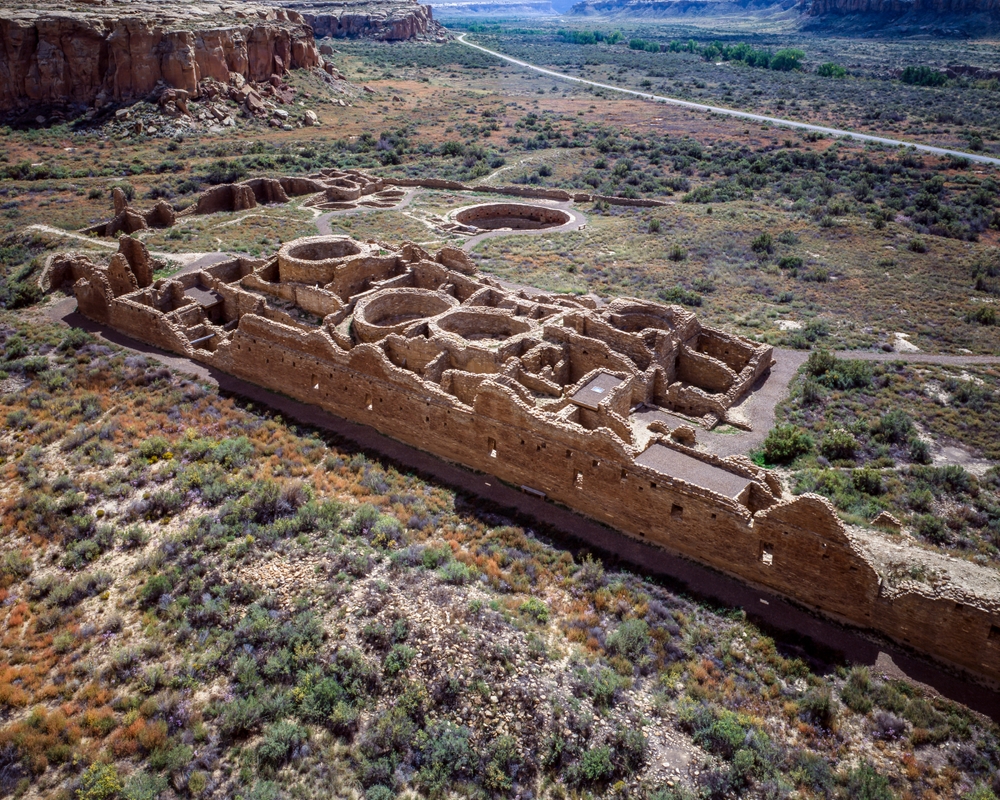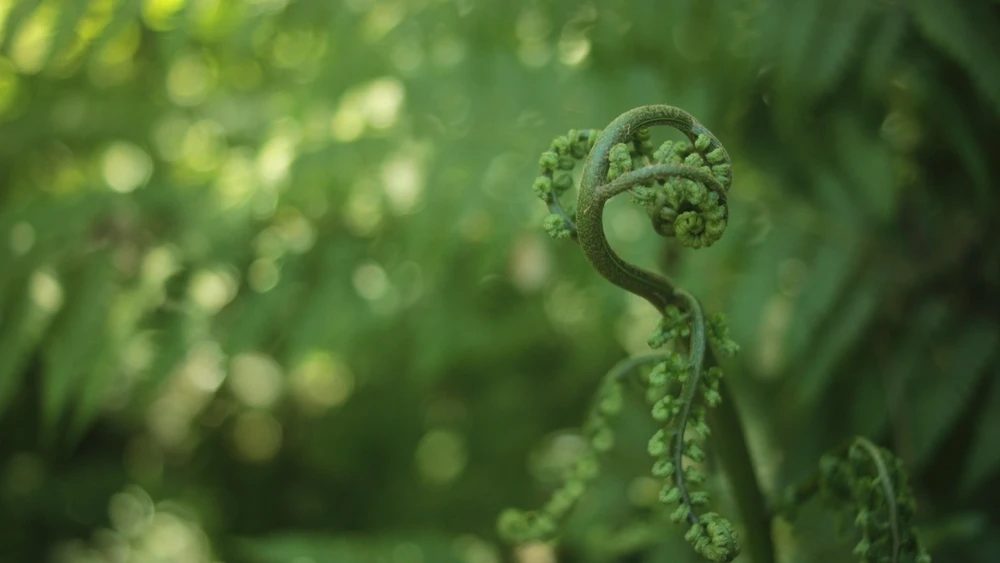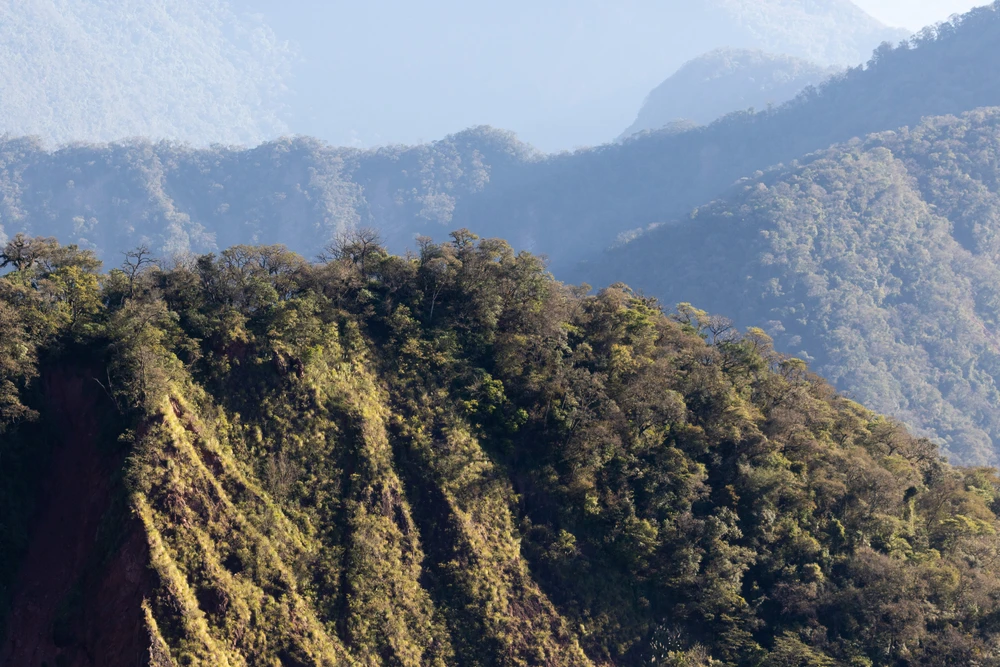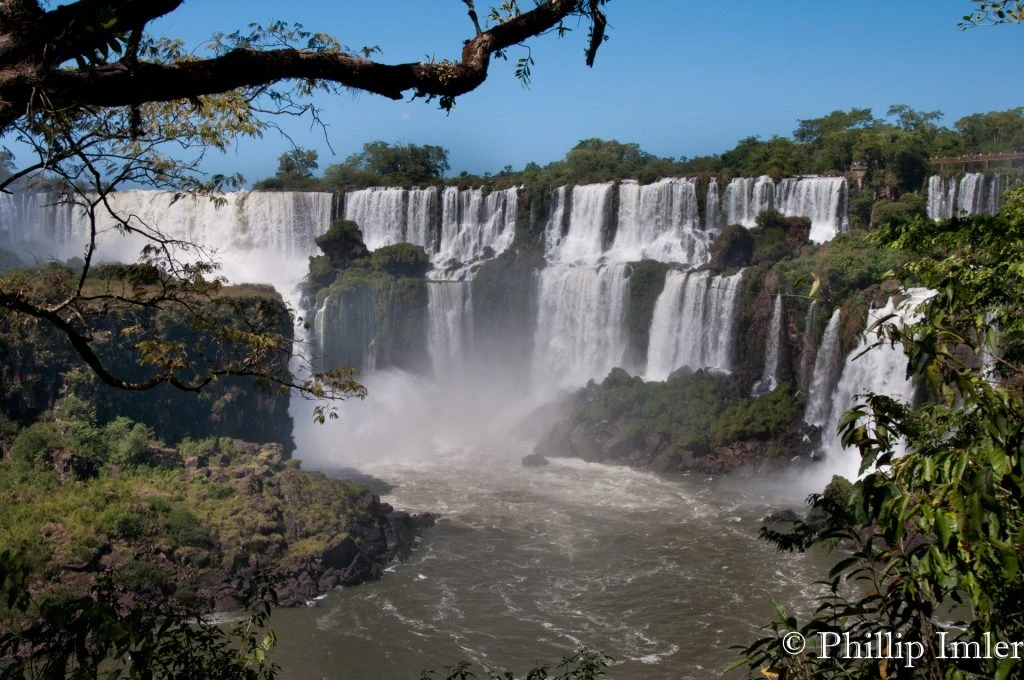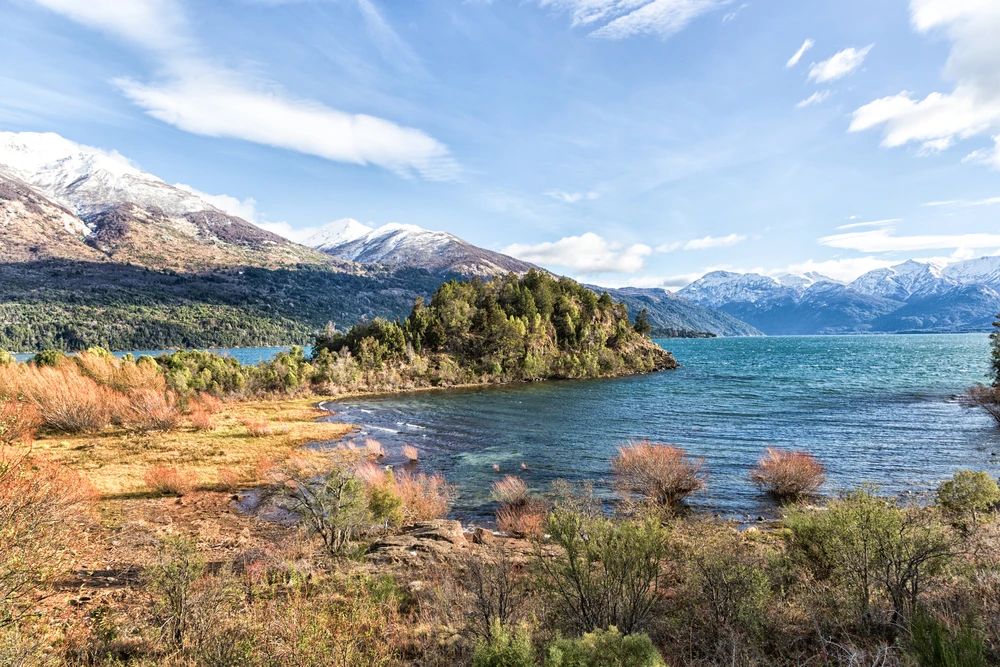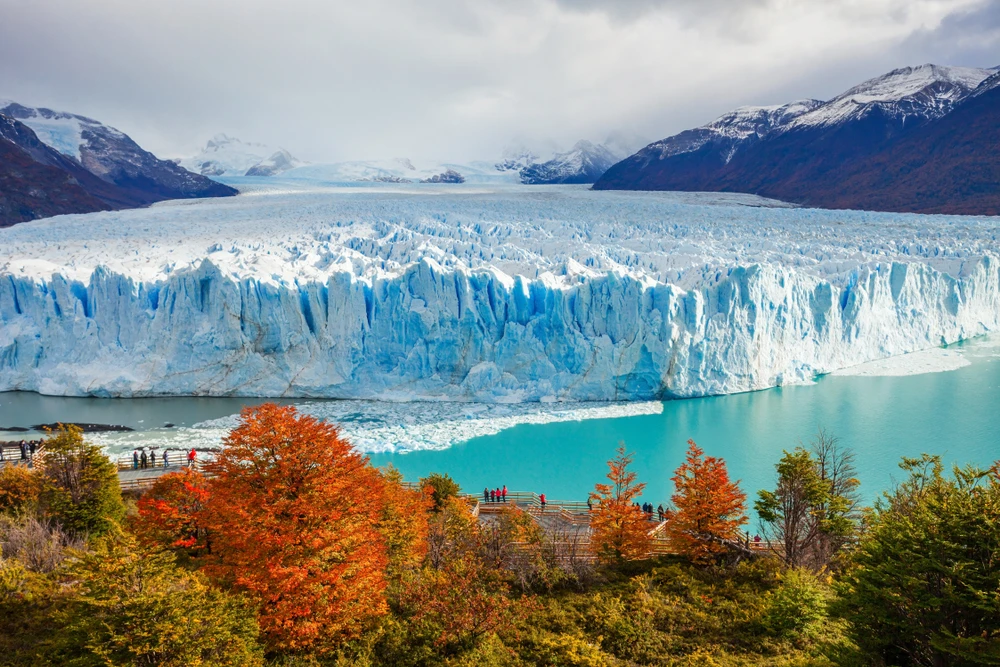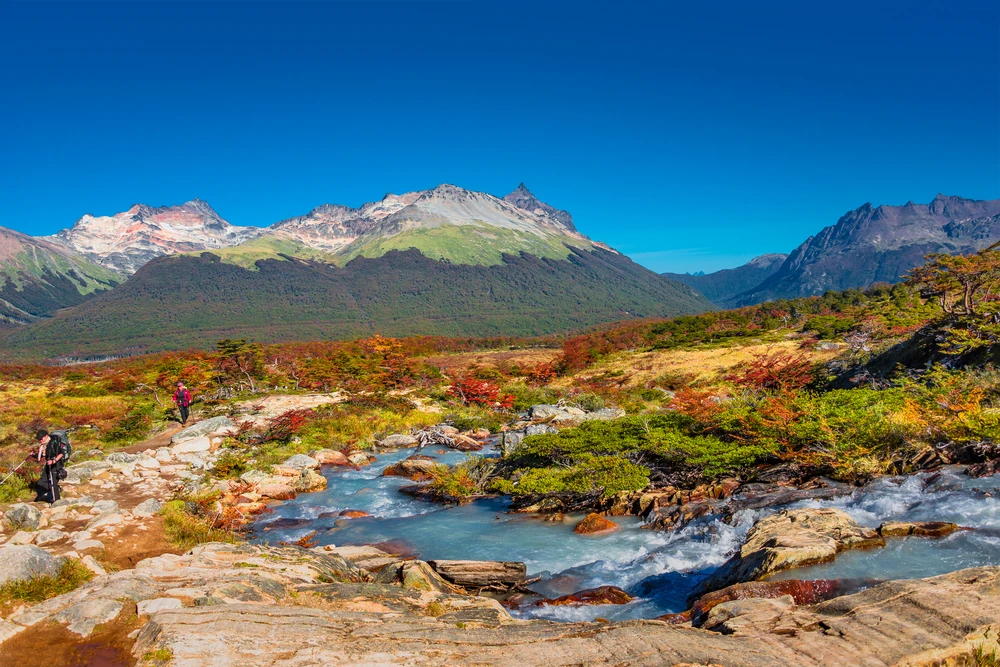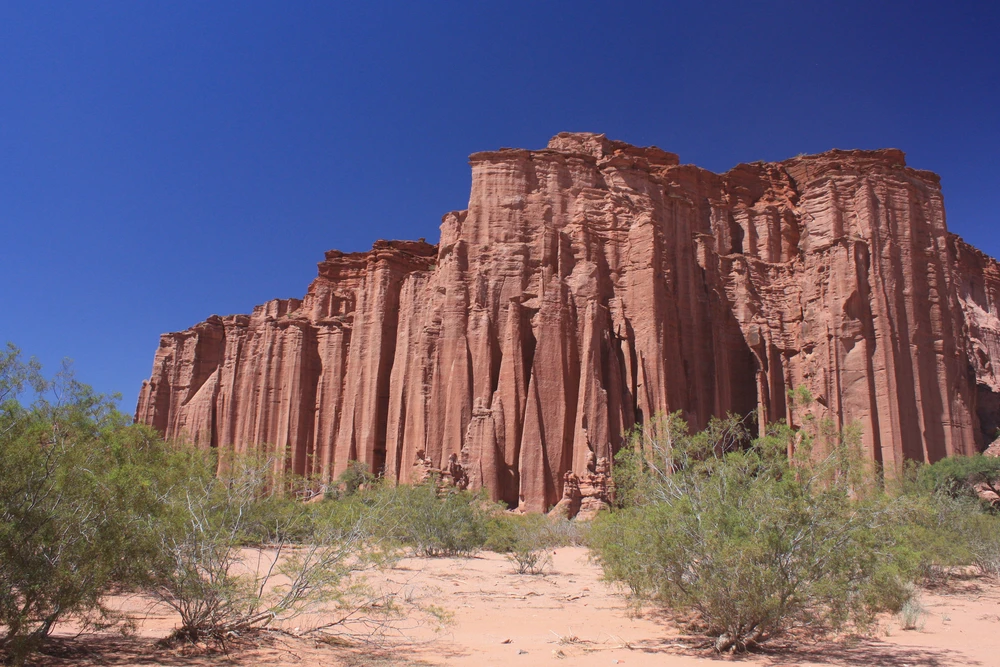Chaco Overview
Chaco National Park, known as Parque Nacional Chaco in Spanish, is located in northeastern Argentina, in the province of Chaco. Covering an area of approximately 58 square miles (150 square kilometers), the park was established in 1954 to preserve the diverse ecosystems of the Gran Chaco region.
The park is characterized by its subtropical climate, with hot summers and mild winters, and its terrain features a mix of dense forests, wetlands, and savannas. The landscape is dominated by quebracho trees, which are known for their dense, reddish wood, along with algarrobo and palm species.
The Bermejo River, one of the important water sources in the region, flows near the park and supports a range of aquatic and terrestrial life. Seasonal flooding creates marshes and lagoons, enhancing the park’s biodiversity.
Chaco National Park is home to a rich variety of wildlife, with mammals such as the jaguarundi, puma, and tapir roaming the forests. Armadillos, including the large hairy armadillo, and anteaters like the giant anteater are also present. The park is a haven for birdwatchers, with more than 300 recorded bird species, including the striking red-legged seriema, the toco toucan, and the endangered crowned solitary eagle.
Reptiles such as caimans, tortoises, and various snake species thrive in the park’s wetlands and grasslands. The combination of dense vegetation and open spaces provides an ideal habitat for both elusive predators and large herbivores.
One of the most popular attractions in the park is the Laguna Panza de Cabra, a seasonal lagoon that attracts diverse birdlife and serves as an excellent spot for wildlife observation. The Sendero Pehuajó, a well-maintained trail, allows visitors to explore the park’s different environments, from the towering quebracho forests to open savannas. Interpretive signs along the trails offer insight into the flora and fauna of the region.
Visitors can also experience the park through guided tours, which provide deeper knowledge about the natural and cultural history of the Chaco. Camping is permitted in designated areas, offering an opportunity to experience the park’s nocturnal wildlife.
The park faces several conservation challenges, primarily linked to deforestation and climate change. The surrounding region has seen significant agricultural expansion, leading to habitat fragmentation.
However, conservation efforts within the park have helped protect key species, and ongoing research programs aim to monitor wildlife populations and ecological health. Reforestation projects and anti-poaching measures have been implemented to ensure the long-term preservation of the park’s biodiversity.
Chaco National Park serves as an essential refuge for native species and continues to be a crucial site for scientific research and environmental education.








































































